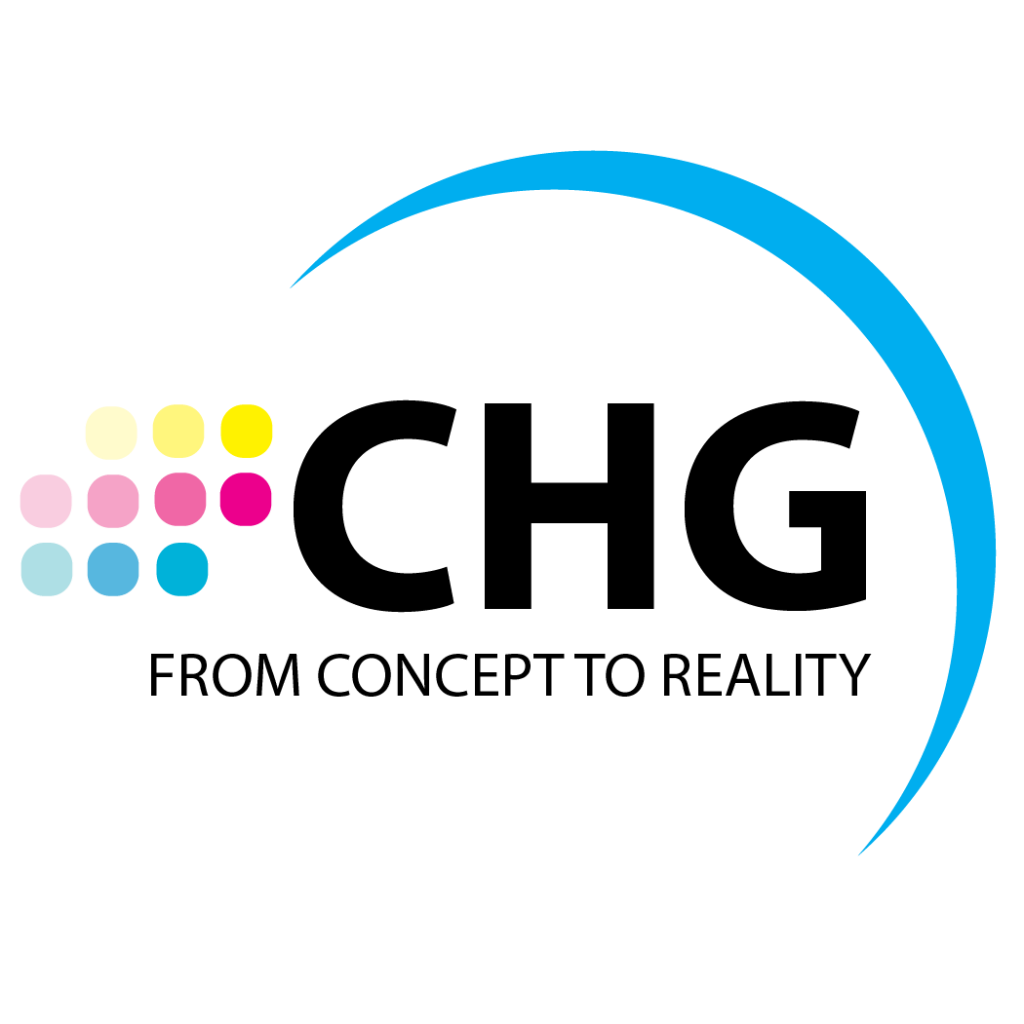Mastering Your Path to Self-Publishing Success
A Step-By-Step Guide for Self-Publishing Authors
Introduction: Self-Publishing vs. Traditional Publishing
In today’s publishing landscape, authors have more options than ever when bringing their books to market. Traditional publishing involves submitting your manuscript to a publishing house, which handles your book’s editing, printing, distribution, and marketing. While this route offers the benefit of a professional team to support your book, it can be competitive and may involve giving up some creative control.
Self-publishing, on the other hand, allows authors to retain complete control over their work, from the writing and editing process to the design and marketing of the book. With the rise of digital printing and online retailers, self-publishing has become a viable option for authors looking to bring their books to a wider audience quickly and affordably.
Writing and Design
- Selecting a Title: Your book’s title is the first thing readers will see, so choosing a memorable title that reflects your book’s content is important. Consider brainstorming a list of potential titles and getting feedback from friends, family, or writing groups.
- Hiring an Editor: No matter how skilled a writer is, having a professional editor review your manuscript is highly recommended. An editor can help you refine your writing, correct grammar and spelling errors, and ensure your book is polished and professional. We recommend self-editing your book as much as possible to cut costs before sending your manuscript to an editor. This lets your editor focus on non-basic mistakes, saving time and money in the long run.
- Formatting Your Book for Printing: Formatting your manuscript for print can be daunting, but it’s essential for a successful book printing process. Things to consider when formatting your book include chapter headings, aligned text, page numbers, and more. Typically, you must provide a single PDF of the cover and another file for all interior pages.
- Cover Design: Whether you’re trying to capture the attention of online shoppers or stand out on the shelves at the local bookstore, your cover design can make or break the success of your book. Consider your sales outlets and audience, and look at other book covers in your genre for ideas and inspiration.
Printing, Binding, and Distribution
- Digital vs. Offset Printing: Selecting the appropriate print format ensures your project meets your quality standards, budget, and timeline. Short-run digital printing is ideal for authors looking to print a small number of books, as it allows quick and cost-effective printing. Large-run offset printing is more cost-effective for authors looking to print a larger quantity of books for broader distribution.
- Inventory Management: With digital printing, authors can print books on demand, reducing the need for ample inventory storage and minimizing waste.
- Selecting Your Bind Style: The binding of your book can impact its durability and overall look. Consider the different binding options available and their typical applications.
- Finishing Solutions and Special Enhancements: Consider adding special finishes or enhancements to your book, such as embossing, foil stamping, or spot gloss, to make it stand out on the shelf.
- Distribution and Fulfillment: How will you distribute and fulfill orders for your book? Various aspects must be considered and planned for, whether through online retailers, bookstores, or direct sales from your website.
- eBook Conversions: Convert your book into an eBook format for digital distribution, allowing readers to download and read it on their eReader or tablet device.
Finishing Touches
- Getting an ISBN: An ISBN (International Standard Book Number) is a unique identifier for your book, which is required for distribution and sales tracking purposes. You can obtain an ISBN from your local ISBN agency or a publishing service provider.
- Pricing Your Book: Pricing your book can be challenging, as you want to make it affordable for your readers while also ensuring you cover your costs and make a profit. Consider printing costs, distribution fees, and competitor pricing when setting your book’s price.
- Registration & Copyright: Registering your book with the Copyright Office can provide legal protection against unauthorized work use. Consider consulting with a legal professional to ensure your book is appropriately copyrighted.
Marketing Your Book
Marketing your book is essential to reaching your target audience and driving sales. Consider the following marketing strategies:
- Social Media: Use social media platforms such as Facebook, Twitter, and Instagram to promote your book and engage with readers.
- Book Signings: Host book signings at local bookstores or libraries to connect with readers and generate buzz for your book.
- Online Advertising: Consider using online advertising platforms such as Google AdWords or Facebook Ads to reach a wider audience and drive traffic to your book’s website or online retailer page.
Choosing between self-publishing and traditional publishing ultimately depends on your priorities, resources, and goals as an author. Each path has its advantages and challenges, and what works best for one author may not be the best choice for another.
Color House Graphics supports authors at every stage of the self-publishing process. From printing and binding, to eBook conversions and fulfillment services, we are here to help you bring your book to life. Contact us today to learn more about our services and how we can help you achieve your printing and publishing goals.






